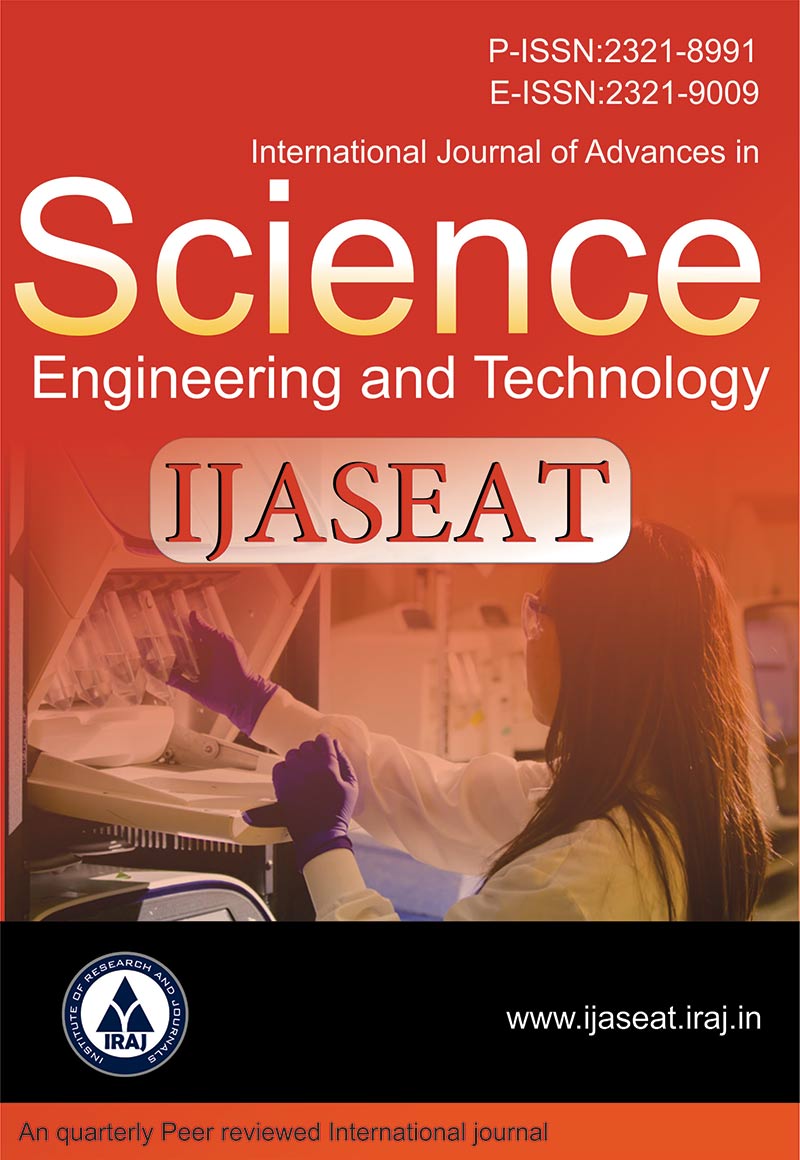Publish In |
International Journal of Advances in Science, Engineering and Technology(IJASEAT)-IJASEAT |
 Journal Home Volume Issue |
||||||||
Issue |
Volume-7,Issue-4 ( Oct, 2019 ) | |||||||||
Paper Title |
Heterogeneous Multi-Classifier Method based on Weighted Voting for Breast Cancer Detection | |||||||||
Author Name |
Ali Ahmed, Omer M. Barukab, Muawia A. Elsadig | |||||||||
Affilition |
Faculty of Computing and Information Technology, King Abdulaziz University, P. O. Box 344, Rabigh 21911, Saudi Arabia Imam Abdulrahman Bin Faisal University, P.O. Box 1982, Dammam, Saudi Arabia | |||||||||
Pages |
36-41 | |||||||||
Abstract |
Breast cancer is a disease that starts when cells in the breast begin to grow out of control; it is still the most invasive cancer in women and the second leading cause of cancer related deaths. The multi-classification or ensemble method is defined as a combination of more than two classification methods to solve the same task. This approach was designed to overcome the weaknesses of single techniques and consolidate their strengths. Recently, the multi-classification or ensemble method has been widely used in breast cancer detection. The main goal of such kinds of studies is to increase and enhance the classification accuracy and true positive rate of the detection process. The objective of this study is to investigate the potential benefit of multiple classifier models concept on breast cancer classification problems, and propose a weighted voting scheme based on learning accuracy. The weighted voting algorithm has been used in conjunction with the most commonly used five classifiers models, namely Support Vector Machine (SVM), K-Nearest Neighbour (KNN), Naive Bayes (NB), Decision Tree (DT) and Artificial Neural Networks (ANNs). Extensive experiments have been performed using two benchmark datasets, namely Mammographic image Analysis Society (MIAS) and WBC, to test the proposed method on two classifications between benign and malignant masses. The results showed our proposed method to be promising (Accuracy of 85.3, 91.0 and 94.5% for MIAS dataset) and (Accuracy of 98.8, 99.1 and 99.3 % for WBC dataset) for 60-40, 70-30 and 85-15% of datasets splitting respectively. This impressively outperforms any of the single methods. In addition, the feasibility of our method has been successfully demonstrated by comparing other normal voting methods based on the same five classifiers used in this study. Keywords - Data Mining, Machine Learning, Ensemble Classification, Breast Cancer Detection | |||||||||
| View Paper | ||||||||||